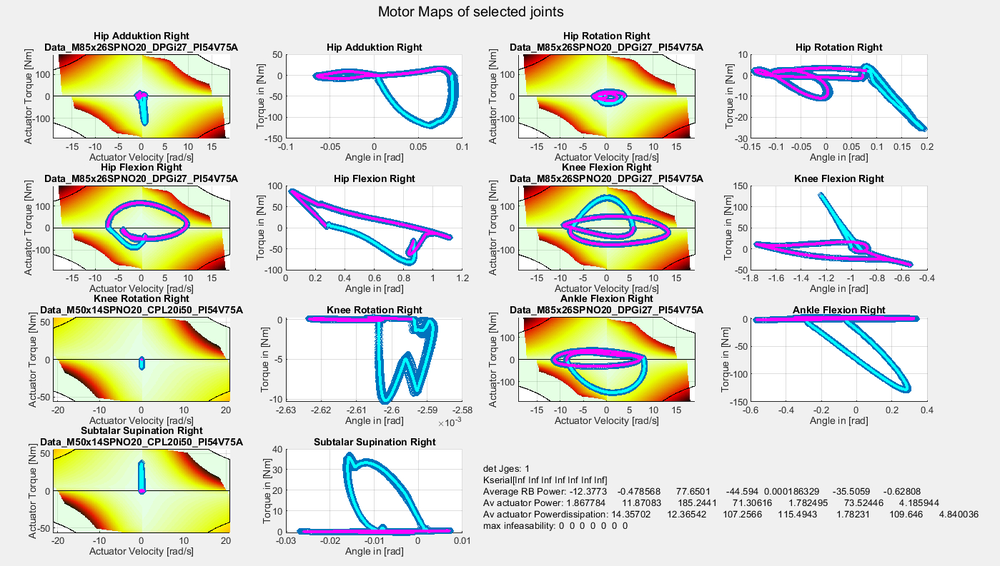Details
Concept
In contrast to the now mature technology of torque-controlled drives, the robot developed in NatDyReL will be based on highly compliant actuators. This technology has the strong potential to enable physical robustness against external impacts and allows for periodic energy storage and release during highly dynamic motions. The robot will be able to adapt its dynamic behaviour at runtime to the current ground conditions and to the desired walking speed. In addition, part of the kinetic energy can be temporarily stored in the elastic drives at each step, thus enabling robust and energy-efficient execution of dynamic walking movements. In order to successfully implement these concepts in practice, it is necessary to take the actuator dynamics fully into account in the planning of the overall body movement as well as in the real-time control. Considerable effort thus will be spent on the fusion of whole-body locomotion algorithms with novel concepts for the control of elastic actuators. The project requires close interdisciplinary cooperation between experts from different disciplines, especially from robotics, control engineering and mechatronics.



Key Research Questions
With the research performed in the four work-packages we aim to answer the following fundamental scientific questions:
- How to design energy efficient gaits and high performant whole body motions for highly compliant legged robots? [WP2]
- How to realize dynamic contact transitions in multi-contact locomotion? [WP3]
- How to stabilize all these motions by feedback control in a robust way? [WP2-3]
- How to adapt the intrinsic impedance characteristics to uncertainties or variability in the body dynamics and the environment? [WP2]
- How to design the body structure and actuation system of humanoid robots in order to balance the requirements on energy efficiency, robustness, and performance in terms of speed? [WP4]
Project structure
WP1: Fundamentals for robot control with variable impedance actuators
- Development of a generic framework to control a large family of elastic actuators
- Preservation of the intrinsic elastic dynamics in the feedback control
- Control of elastic actuators under strong joint couplings
WP2: Efficient Legged Locomotion
- Generation of dynamic trajectories for locomotion by utilization of the intrinsic elastic robot dynamics
- Optimization and adaptation for energy efficiency in cyclic locomotion
- Generation of high-performance acyclic motions
- Versatile locomotion in uncertain terrain
- Enforcing a tight interaction between the whole-body locomotion framework and the actuator control
WP3: Multi-Contact Control
- Multi-contact planning with impacts and variable contact timing
- Reactive control for Loco-Manipulation
WP4: Prototype development
- Design of an elastic biped as the main demonstrator
- Benchmarking

